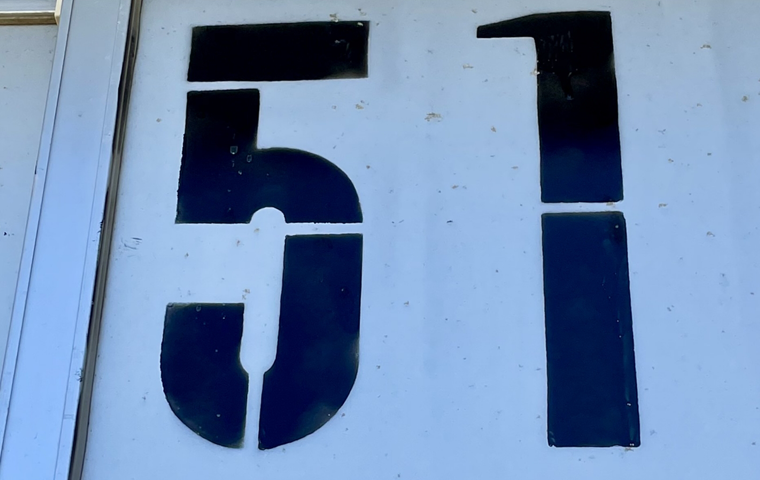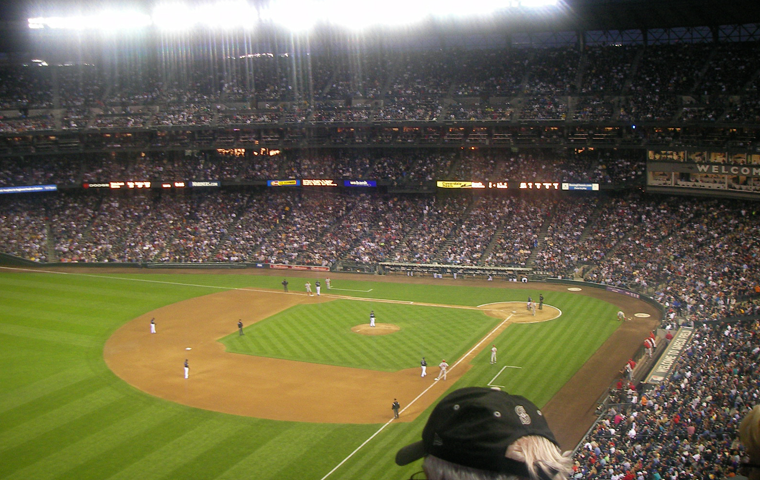An Icon Enshrined: Ichiro Enters the U.S. Baseball Hall of Fame
Related Articles
A Historic Milestone for Japan: 99.7% of Votes Send Ichiro to Cooperstown

On January 21, 2025 (Japan time: January 22), baseball history was made. Ichiro Suzuki (51), who starred for the Seattle Mariners and other teams, was inducted into the National Baseball Hall of Fame in his first year of eligibility. He is the first Japanese player ever to receive this honor, and the first player from Asia to enter Cooperstown.
In the voting conducted by the Baseball Writers’ Association of America (BBWAA)—limited to members with over ten years of service—players must receive at least 75% of votes for induction. Ichiro garnered an astounding 393 out of 394 votes, a 99.7% approval rate—the third-highest in history, trailing only Mariano Rivera (unanimous in 2019) and Derek Jeter (99.748% in 2020). Among position players, Ichiro now shares the highest voting percentage ever recorded, underscoring the unshakable place his career holds in Major League Baseball history.
This historic achievement represents not only a moment of personal triumph for Ichiro but also the full recognition of Japanese baseball on the sport’s greatest global stage. Previous stars such as Hideo Nomo and Hideki Matsui appeared on ballots but fell short. Ichiro’s induction proves that a Japanese player can reach the highest honor Major League Baseball has to offer.
Joining Ichiro in the Class of 2025 were two other legends: CC Sabathia, who won 251 games, and Billy Wagner, who recorded 422 saves. Ichiro now stands shoulder to shoulder with some of baseball’s all-time greats. Currently serving as special assistant to the chairman and instructor for the Mariners, Ichiro reflected quietly:
“Looking back, there were so many moments—good and bad. To have come this far, step by step, and to finally stand here today… it’s beyond words.”
The Numbers Tell the Legend: Records Never Before Seen

Ichiro’s Hall of Fame induction is backed by staggering numbers. Despite debuting in MLB at age 27—a late start by professional standards—he collected 3,089 hits over 19 seasons, ranking 24th all-time in MLB history. But his true greatness lies not just in totals—it lies in his consistency and longevity. From 2001 to 2010, he recorded 200 or more hits for ten consecutive seasons, a record that remains unbroken. His 262 hits in 2004 shattered an 84-year-old MLB record, establishing a milestone that still stands today.
In his rookie year of 2001, Ichiro led the league in batting average and stolen bases, becoming only the second player ever to win Rookie of the Year and Most Valuable Player in the same season. Over his career, he earned 10 All-Star selections, 10 Gold Gloves, and 3 Silver Slugger Awards, excelling in hitting, defense, and baserunning alike. With 3,089 MLB hits and 509 stolen bases, he became only the seventh player in MLB history to reach both 3,000 hits and 500 steals—a testament to his all-around brilliance.
Adding his 1,278 hits in Japan’s NPB, Ichiro’s combined total of 4,367 hits surpasses even Pete Rose’s MLB record of 4,256. This immense tally reflects the magnitude of his career as a professional baseball player. Supporting it all was his unparalleled self-discipline: meticulous preparation and a body built to avoid injury. Playing until age 45, Ichiro spent just one stint on the injured list in 19 seasons—an astonishing measure of durability that has become part of his legend.
Beyond the Records: The “Ichiro Effect” That Changed Baseball
Ichiro’s legacy extends far beyond his record book achievements. He was a cultural icon who transformed the way players were evaluated and how baseball itself was played. When he became the first Japanese position player to join MLB in 2001, the league was dominated by power hitters. Yet Ichiro thrived through speed, precision hitting, and elite defense—proving that success could take many forms. One American writer called him “the man who made the single cool again.”
He elevated the infield hit into an art form, dazzled fans with “laser-beam” throws from right field, and constantly pressured opponents with his aggressive baserunning. His play reminded the baseball world of the beauty in finesse, precision, and athleticism—helping MLB rediscover the value of speed and skill.
Ichiro’s success opened doors for countless Japanese and Asian players who followed. He proved that even a smaller-framed athlete could compete—and dominate—on the sport’s biggest stage through preparation, technique, and willpower. His influence went beyond the diamond: his pre-at-bat routines, rigorous stretching, and unchanging in-season diet became models of professional discipline for players in both Japan and the U.S.
He didn’t just produce results; he demonstrated how to approach the game. His career bridged Japanese and American baseball cultures and cemented his status as a global sports icon. The magnitude of his impact is clear from the Seattle Mariners’ decision to retire his No. 51, honoring him as an eternal part of the franchise.
Two Halls of Fame, One Legacy: No. 51 Forever
January 2025 became a month of glory for Ichiro. Just five days before his U.S. Hall of Fame announcement, on January 16, he was also inducted into the Japanese Baseball Hall of Fame, becoming the first person ever to achieve the rare “dual Hall of Fame” honor in both countries. Yet the two recognitions offered an intriguing contrast.
While his U.S. vote share was a near-unanimous 99.7%, his Japanese Hall of Fame percentage was 92.6%—still high, but lower than icons such as Sadaharu Oh (93.2%) and Shigeo Nagashima (90.1%), neither of whom received unanimous votes. The difference reflects Japan’s more conservative voting culture and subtly highlights the differing perceptions of Ichiro’s legacy between Japan and the United States.
Asked about falling one vote short of perfection, Ichiro responded with characteristic humility and insight:
“I think it’s a good thing. Because I’m not perfect, I can keep moving forward. I can keep trying.”
His words encapsulate the very philosophy that defined his career—endless pursuit of improvement—and resonated deeply with fans.
Now, all eyes turn to Cooperstown, New York, where the induction ceremony will be held on July 27, 2025. In Seattle, where Ichiro spent most of his career, a celebration weekend will take place on August 9 at T-Mobile Park, including the official retirement ceremony for his No. 51.
The name “Ichiro” is no longer just that of a baseball player—it represents a timeless icon who transcended borders, cultures, and eras, expanding what baseball could mean to the world. His plaque in Cooperstown will forever enshrine that legacy.



